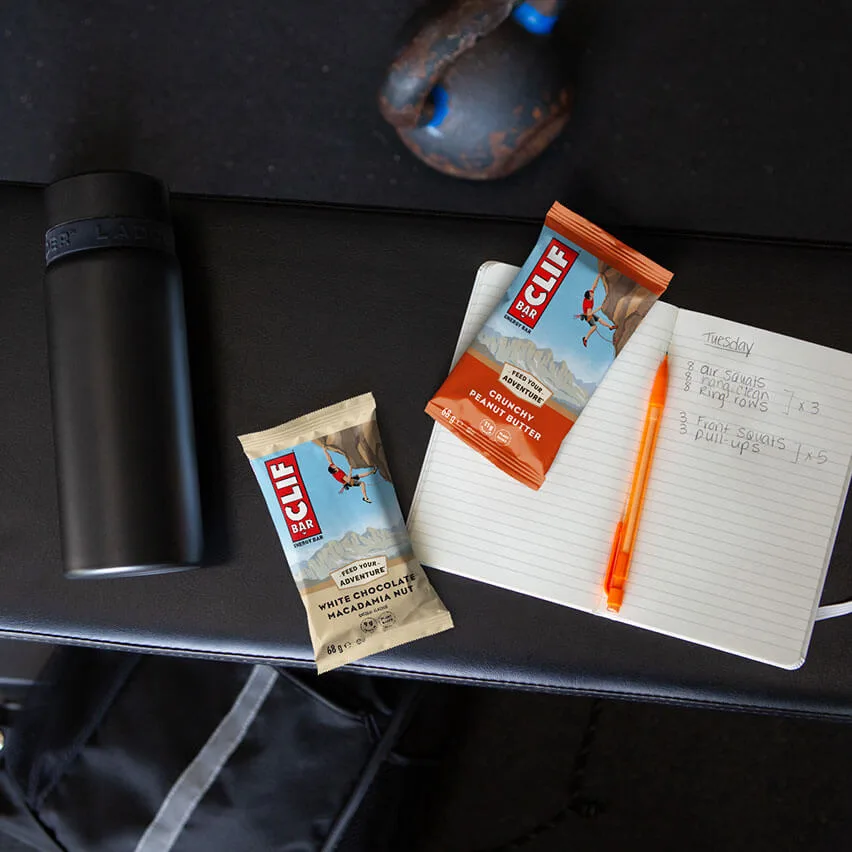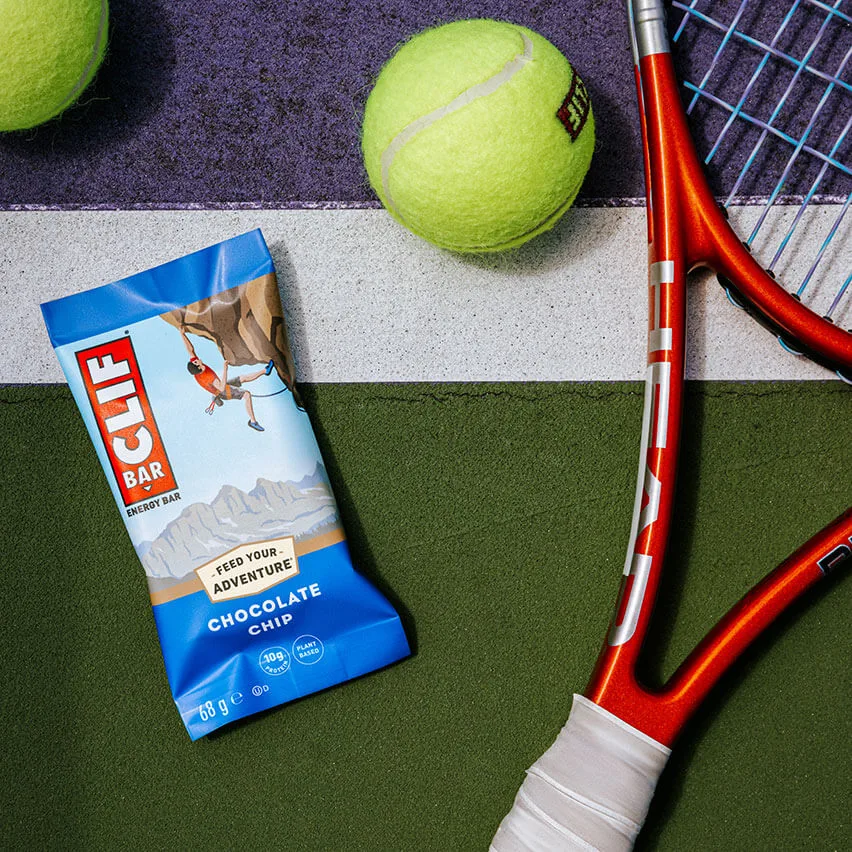
The ideas and suggestions written below are provided for general educational purposes only and should not be construed as medical advice or care. The contents of this article are not intended to make health or nutrition claims about our products. Always seek the advice of a doctor or other qualified health professional before beginning any physical fitness or health- and nutrition-related activity.
Energy bars have become a popular fuelling option for active individuals looking to help fuel long workouts or activities such as running, spinning, or hiking. Their nutrients help us stay energized and focused every step of the way. But what exactly is an energy bar, and how can it fit into our busy lives? Let’s take a closer look.
What Is an Energy Bar?
Energy bars are designed to provide a quick and convenient source of energy. They’re usually made with a mix of carbohydrates, protein, and fat ingredients and can be consumed on-the-go, without the need for refrigeration or preparation. CLIF BAR energy* bars, for example, are crafted with wholesome plant-based ingredients, including rolled oats, and come in a variety of flavours to suit every taste preference.
*Phosphorous contributes to normal energy-yielding metabolism.
Are Energy Bars Good for You?
When consumed as part of a balanced diet, energy bars can be a great option for before or during a long workout. CLIF BAR energy* bars have been fueling both world-class competitors and everyday athletes for 30 years. When choosing an energy bar, it’s best to seek out those made with wholesome and nutritious* ingredients.
*Phosphorous contributes to normal energy-yielding metabolism.
Do Energy Bars Contain Sugar?
Carbohydrates (like sugar) play a crucial role in sports nutrition as they are the primary source of fuel for the body during exercise - helping to prevent fatigue and support optimal performance.1,2
Sugars are a preferred energy source for the body during physical activity* due to their fast absorption rate, providing quick fuel to working muscles.2 CLIF BAR contains a blend of fast-acting carbohydrates from sugar and longer-lasting carbs from rolled oats, which can provide both immediate and energy* during exercise.
*Phosphorous contributes to normal energy-yielding metabolism.
What’s the Difference Between Protein Bars and Energy Bars?
Protein bars are primarily designed to be consumed after a workout. They provide protein, which helps rebuild muscle after a tough workout. Energy bars, on the other hand, can be eaten before or during a workout. They give you energy by providing a balanced mix of carbohydrates, protein, and fat ingredients to help keep you moving.
When Should I Eat Energy Bars?
Energy bars can be consumed before or during a workout. Many, like CLIF BAR, are designed to help fuel endurance activities, such as long hikes or bike rides. In these cases, they should be eaten 1–2 hours before activity or consumed with plenty of water during moderate-intensity activity lasting longer than an hour.
Can I Eat an Energy Bar as a Snack?
Energy bars are meant as a fuel before or during workouts, especially when you’re on the go. They're more convenient than many other foods as they’re easy to carry and don’t make a mess. For a snack option or for lower activity days, CLIF BAR Minis are a great choice as they come in a variety of delicious flavours to keep things interesting.
Can Energy Bars Replace Breakfast?
Energy bars are not meant to replace meals. It’s important to consume a variety of foods throughout the day to ensure that you’re getting all the necessary nutrients your body needs. However, if you’re exercising first thing in the morning, consuming an energy bar before your workout may help you perform your best.
How Do Energy Bars Differ from Snack Bars?
Energy bars are intended to enhance your performance during physical activity by providing sustained energy and nutritional support. Snack bars are meant for a quick bite when you need something to eat between meals.
References
- Asker E. Jeukendrup (2008) Carbohydrate feeding during exercise, European Journal of Sport Science, 8:2, 77-86, DOI: 10.1080/17461390801918971.
- Position of the Academy of Nutrition and Dietetics, Dietitians of Canada, and the American College of Sports Medicine: Nutrition and Athletic Performance. J Acad Nutr Diet. 2016;116:501-528.

